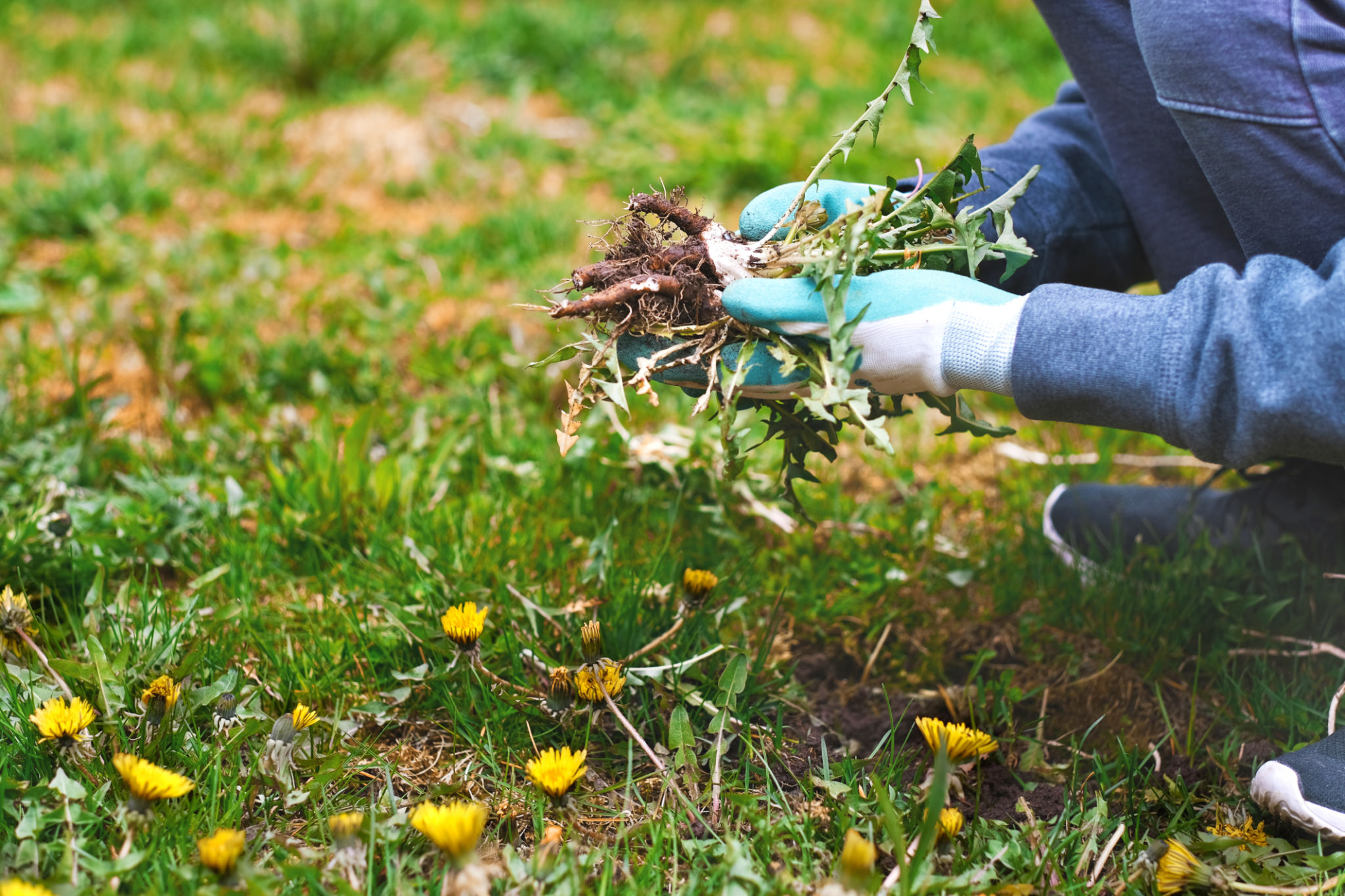DIY Lawn Care: Simple Steps for a Greener Lawn
Introduction to DIY Lawn Care
A lush, green lawn is the pride of any homeowner, and achieving this doesn’t always require professional help. With the right approach, you can transform your yard into a vibrant oasis. This guide provides simple yet effective steps for DIY lawn care, helping you nurture a healthier and greener lawn.
Assessing Your Lawn's Needs
Before diving into lawn care, it's crucial to assess the current condition of your lawn. Check for issues such as patchiness, weed presence, or areas of dryness. Understanding the specific needs of your lawn will help you tailor your care routine effectively.

Regular Mowing Practices
Mowing is a fundamental aspect of lawn care. Ensure that you mow your lawn regularly, but avoid cutting the grass too short as it can weaken the roots. Ideally, only remove one-third of the grass blade at a time. This promotes healthier growth and maintains an even, lush appearance.
Keep your mower blades sharp to ensure a clean cut. Dull blades can tear the grass, leading to a ragged look and making your lawn susceptible to diseases.
The Importance of Watering
Proper watering is essential for maintaining a green lawn. Water deeply but infrequently to encourage deep root growth. A good rule of thumb is to water your lawn with about one inch of water per week, either from rainfall or supplemental irrigation.

Feeding Your Lawn
Fertilizing provides your lawn with the nutrients it needs to thrive. Choose a fertilizer that suits your grass type and apply it according to the manufacturer's instructions. Typically, lawns benefit from being fertilized in spring and fall.
Organic fertilizers are an excellent option as they improve soil structure while providing nutrients. They release slowly and are less likely to harm the environment compared to synthetic fertilizers.
Tackling Weeds and Pests
Weeds and pests can quickly turn a beautiful lawn into an eyesore. Regularly inspect your lawn for weeds and remove them as soon as they appear. Consider using natural weed control methods, like corn gluten meal, which prevents weeds without harming your grass.

Pests like grubs can damage your lawn by feeding on grass roots. To combat them, introduce beneficial nematodes or use a natural pesticide as needed.
Aeration and Soil Health
Aerating your lawn helps alleviate soil compaction, allowing air, water, and nutrients to reach the grass roots more effectively. Consider aerating your lawn at least once a year, preferably in the fall.
Maintaining healthy soil is also vital. Test your soil's pH level and amend it with lime or sulfur as necessary to maintain a balanced pH that supports optimal grass growth.
Conclusion: Enjoying Your Greener Lawn
By following these simple DIY steps, you can achieve a greener and healthier lawn that enhances your home's curb appeal. Remember, consistency is key in lawn care. With regular attention and care, you'll enjoy a beautiful outdoor space that you can be proud of all year round.